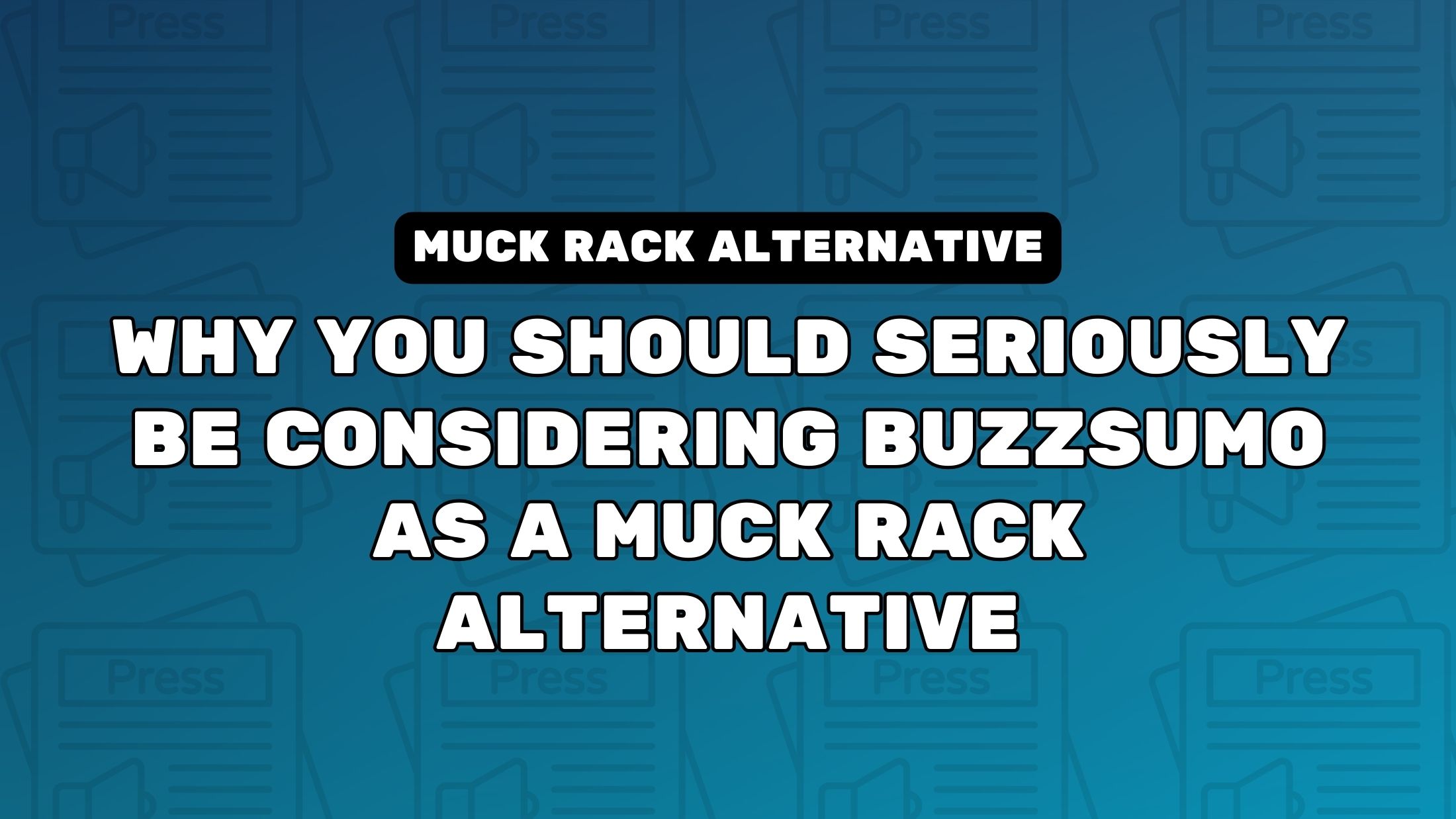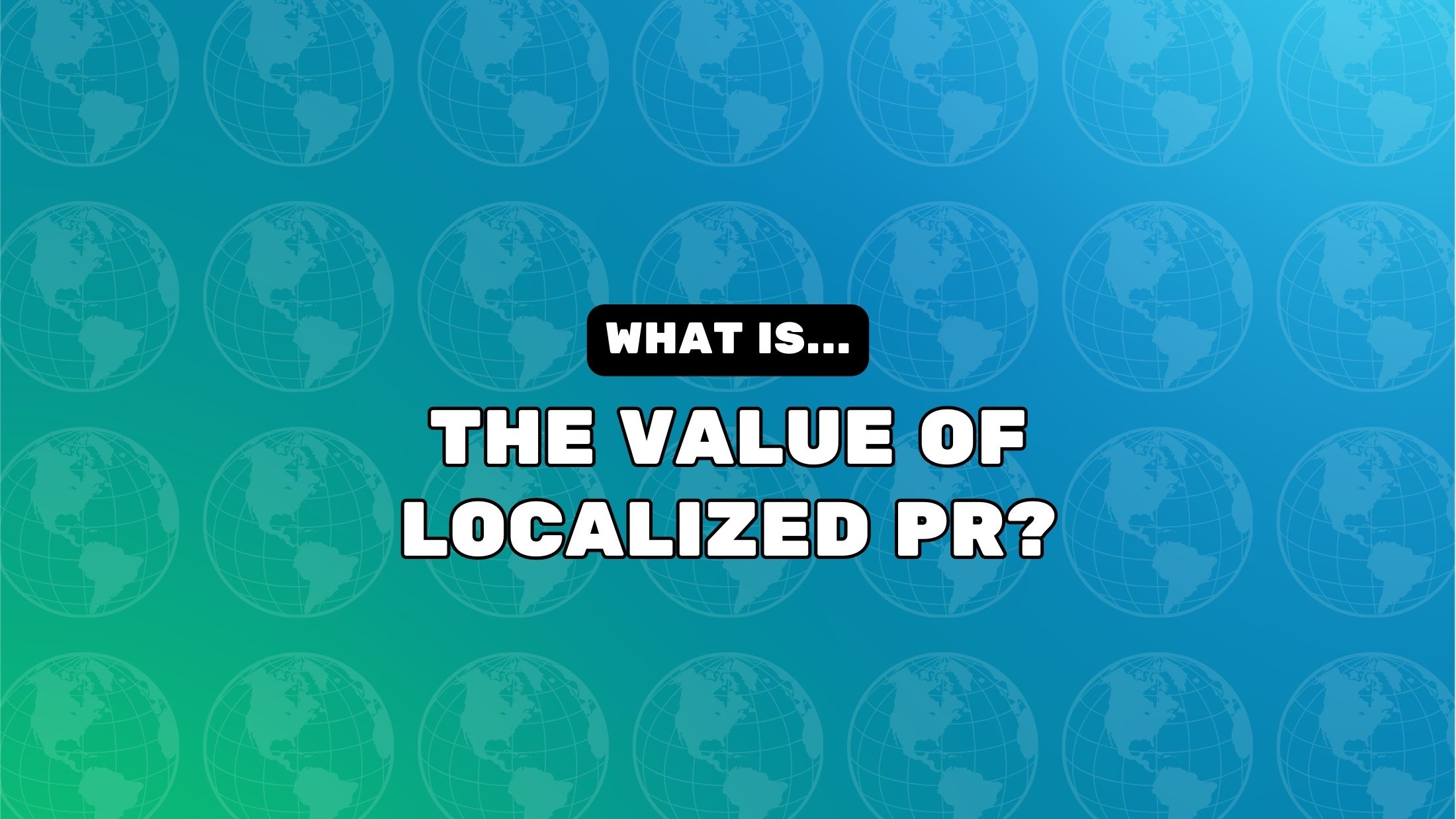When Wait and See Is Smart Strategy
Carolyn Geason-Beissel/MIT SMR | Getty Images Are we wisely waiting or merely drifting? That’s a question many corporate leaders will be asking themselves in the coming weeks and months. Uncertainty is not a new concept. But today’s political uncertainty — epitomized by the U.S. tariff edicts and global responses to them, ranging from threats to […]

Carolyn Geason-Beissel/MIT SMR | Getty Images

Are we wisely waiting or merely drifting? That’s a question many corporate leaders will be asking themselves in the coming weeks and months. Uncertainty is not a new concept. But today’s political uncertainty — epitomized by the U.S. tariff edicts and global responses to them, ranging from threats to negotiation — seems to be having a distinct, paralyzing effect. Companies are deferring investments, such as chemical giant Dow with its now delayed construction of a new plant. Companies are also postponing sales; for example, Nintendo pushed back preorders of its next console. Finally, companies are delaying decisions: Bookings for shipping containers and airfreight have fallen significantly from a year ago. The secretary general of the International Chamber of Commerce has said that this behavior is evidence that companies are “kicking decisions down the road” on supply chain restructuring as they watch how trade policies and relations develop.
Wait and see can be a dysfunctional response to change or uncertainty if it leads to missed opportunities or an increase in the eventual cost or risks related to actions. However, wait and see can also be a smart strategy for delaying commitments while observing an evolving situation.
When should a wait-and-see strategy be deployed, and how can it be executed effectively? Let’s explore the key issues for corporate leaders.
When to Wait and See
In reality, wait-and-see strategies are used successfully well beyond the corporate realm. Their viability hinges on two conditions: First, wait and see can be successful only if uncertainty is elevated temporarily. For example, when confronted with a period of unpredictable food supply, some bats and mice enter a state of torpor, conserving energy by reducing motion and body temperature. Crucially, this state is short term and can be reversed quickly when uncertainty abates. If food supply uncertainty is expected over the longer term, short-term energy conservation is not sufficient, and animals instead enter hibernation.
Second, wait and see is especially reasonable when the context is reflexive — that is, actions taken may spark reactions that further increase uncertainty or even increase the probability of a negative outcome. For example, in military strategy, a wait-and-see approach has been used successfully when the alternative — active engagement — would likely have led to an undesired escalation. A prime example is the Cuban missile crisis, in which the U.S. Navy chose to create a blockade around the island and observe the Soviets’ next steps rather than mount a full-scale invasion, given the possible nuclear escalation risk.
While we are not on the brink of nuclear war, the current environment of political uncertainty does satisfy these special conditions. For one, the uncertainty businesses face is deliberate — driven by political choices. As a result, it is reasonable to believe that the current elevated uncertainty is temporary, assuming that the current administration or future ones will eventually settle on a more stable or predictable policy direction.
Also, many of the recently enacted policies are reversible: They could be undone by either the next administration or — as we have observed in several cases already — the current one. In this context, delaying business decisions until new information comes to light may be sensible. Conversely, new, hard-to-unwind commitments should be avoided.
Moreover, the past decade has shown that when businesses engage with political issues, there are significant risks of escalation. A recent example of this is the White House’s prompt, critical response to Amazon reportedly planning to display higher tariffs’ price impact on some of the products sold on its website. But this phenomenon is not isolated to the current administration or, indeed, to government in general: During the past decade, many companies have faced significant backlash from the public, the press, and their own employees over their stance-taking on social issues.
In short, in an environment characterized by political uncertainty — which is temporary and in which actions may lead to backlash — adopting a wait-and-see approach may be advantageous. This approach enables businesses to steer clear of hard-to-reverse commitments in a shifting context and to avoid decisions or announcements that may lead to political or public backlash.
When Waiting Isn’t Enough
Political uncertainty does not play out uniformly for all companies. How a company deals with it will depend on whether it has access to unique policy insights, whether its business faces an existential threat, or whether it finds itself in a period of protracted uncertainty.
Some businesses may possess unique policy insights or be able to exert influence on policy makers such that they can achieve greater certainty. As a result, they have an opportunity to seize the initiative — and potentially capture an asymmetric upside. One example of this is Pfizer’s development of a COVID-19 vaccine in record time. It was able to do so by working with regulators to establish a simplified and accelerated approval process in which it initially filed incomplete drug-testing plans and completed them as data became available.
For other businesses, political uncertainty may create existential threats. For example, many U.S. companies with supply chains concentrated in China have voiced concerns that the sharp spike in U.S. tariffs on China meant that their business models were no longer viable: MGA Entertainment, the largest U.S. toymaker, predicted that the 145% import duties would cause its sales to drop by 30% to 40% this year as a result of its having to nearly double prices. While the recent agreement to lower U.S.-China tariffs has alleviated pressure on importers for the time being, leaders should not count on such reversals: In 2018, a set of tariff escalations between the U.S. and China caused a 75% drop in U.S. soybean imports by China, dealing a major blow to American producers — and demonstrating how significant the impact of tariffs can be. Thus, leaders facing an existential threat must act swiftly to ensure the survival of their business by freeing up resources. This may mean freezing discretionary spending and canceling projects, or even divesting or winding down businesses.
Finally, businesses may face a protracted period of regularly occurring surprises, each of which has the potential to alter the path to future success. When elevated uncertainty endures and creates a multitude of plausible futures, passively waiting can become dysfunctional. In such a context, companies need to create options that may pay off in many different future states of the world. As an example, consider the situation automakers currently face, with constantly evolving U.S. trade tensions with China and Mexico, and the revocation of U.S. federal electric vehicle targets and charging infrastructure — which state governments or future administrations may yet reinstate.
In this “many futures” environment, maximum optionality could be achieved by, for example, creating fully modular car platforms that could accommodate many designs and be assembled anywhere on the globe. Coupled with subscription or swap services that let consumers switch between cars as local incentives change, this type of strategy would allow for greater business flexibility. However, creating options does not have to be so disruptive; a company may also make a smaller side bet on a potential future. As a case in point, consider Nvidia setting up its GeForce Now service — which offers gamers on-demand access to its graphics cards — as an option in anticipation of a future in which selling hardware to consumers is no longer the norm. The Nvidia example aside, such options are often incompatible with a company’s current business model and are essentially hedges against multiple plausible futures.
How to Execute a Wait-and-See Strategy Effectively
A wait-and-see approach can be helpfully thought of as a holding pattern: a low-energy state in which companies “keep their powder dry” while observing an evolving situation. During this time, the company can design its next move — which may entail making a bet on one specific future or investing in setting up options that may pay off in different potential states of the world.
This has important implications for how to do a wait-and-see approach right, as described below.
1. Actively Disengage
Wait and see should not be confused with just letting things happen to you. Nor does it mean a full-on shutdown of activities. Rather, if done right, this approach means actively avoiding major commitments so as to not get stuck on a path that may no longer be viable under shifting conditions, and minimizing the risk of unproductive political entanglement.
This involves conducting a proactive review of the company’s pending commitments, be they investments, expansions, or partnerships. Assessments should focus on two criteria. First, leaders should examine the risk of being locked into a course of action that may become less attractive as the political landscape evolves — such as expanding manufacturing capacity in a region that’s under threat of higher tariffs. Second, consider the risk that a decision or announcement could trigger a negative political response or public backlash.
This review of commitments may result in delays of projects, product launches, or shipments. It may also lead to the renegotiation of contracts to include exit clauses or performance-based triggers.
Such a review requires leaders to build an understanding of politics in order to assess the exposure levels and risks associated with different corporate commitments. Organizationally, this means building additional expertise in the realm of politics and public policy. Moreover, companies should establish cross-functional working groups that include strategy, policy, legal, and finance experts, to form a holistic view on the implications of decisions and delays.
Companies should also develop an internal communications strategy that positions reassessments and delays as purposeful — by framing them as corporate discipline or poise. The company wants to avoid appearing uncommitted or indecisive.
2. Stay Alert
In wait-and-see mode, the seeing element is as important as waiting. Businesses need to continuously track developments so as to seize opportunities and prepare for shocks. Toward this end, they need to strengthen their political sensing capabilities.
This means setting up a team to track legislative changes and policy announcements, as well as public sentiment and competitors’ moves — which may hint at emerging beliefs regarding the future state of the world. Intelligence may also be gathered through industry coalitions or expert networks.
In addition, companies in wait-and-see mode should set up a situation room — a centralized hub that aggregates information on relevant developments, keeps leaders informed, and ensures timely decisions. For example, during the early days of the COVID-19 pandemic, Pfizer faced significant uncertainty as it began to develop its vaccine. In response, CEO Albert Bourla set up biweekly meetings across functions and hierarchies that had no preset agenda but served to bring all stakeholders up to speed (on early trial results, for instance) and enable rapid decision-making (such as which vaccine candidates to pursue further).
3. Prepare to Reengage
Just like an animal entering torpor, a business taking a wait-and-see approach must build in rapid reversibility — that is, the ability to quickly reengage when the time is right. Wait and see should not be confused with hibernation.
For leaders, this means defining wake-up triggers — policy decisions, leadership changes, or competitors’ moves that will warrant a response. These triggers can be identified through scenario planning or simulations. For example, companies can engage in war-gaming exercises, where small groups simulate responses to regulatory or competitor moves to identify possible outcomes.
Moreover, companies should draft playbooks for reengagement strategies linked to different triggers. They should include timelines, responsibilities, budget allocations, and accompanying external communications. Although companies usually think of such playbooks as reserved for crisis response, they can be just as helpful in guiding reengagement when an opportunity arises.
Five Key Questions for Leaders
If you have decided on a wait-and-see strategy amid the current political uncertainty, you should explore the following questions and be ready to explain the answers to your team.
- Are we just drifting, or actively waiting? Leaders must confirm that delays and deferrals are a strategic choice to avoid lock-in, gather intelligence on an evolving situation, and develop the next move. Wait and see should not be merely a symptom of fear, confusion, and indecision.
- Do we understand which decisions may lead to lock-in risks or political pushback? Moreover, how could the company actively reduce or defer these decisions? Leaders must work to surface potential commitments built on shifting policy assumptions and decide whether and how to press pause on them.
- How confident are we in our ability to detect signals on policy moves and competitor shifts? These shifts may swiftly change the company’s outlook, so leaders must develop the right sensing tools and route information to decision makers quickly.
- What precise triggers will shift us from “pause” to “go” mode? Leaders must identify the specific actions or triggers that will lead to reengagement.
- Do we have playbooks ready for reengagement, and have we practiced deploying them? Leaders must guide teams to build and test the reversibility infrastructure.
In a world characterized by political uncertainty — which is temporary as well as reversible — a wait-and-see approach can be a valid strategy. By reducing commitments, businesses can buy time and retain flexibility. However, leaders need to couple this state of waiting with alertness to developments and preparations for reengagement. Finally, companies can use the wait-and-see approach as a short-term holding pattern to decide their next strategic move — be it placing a single bet or developing a portfolio of options.






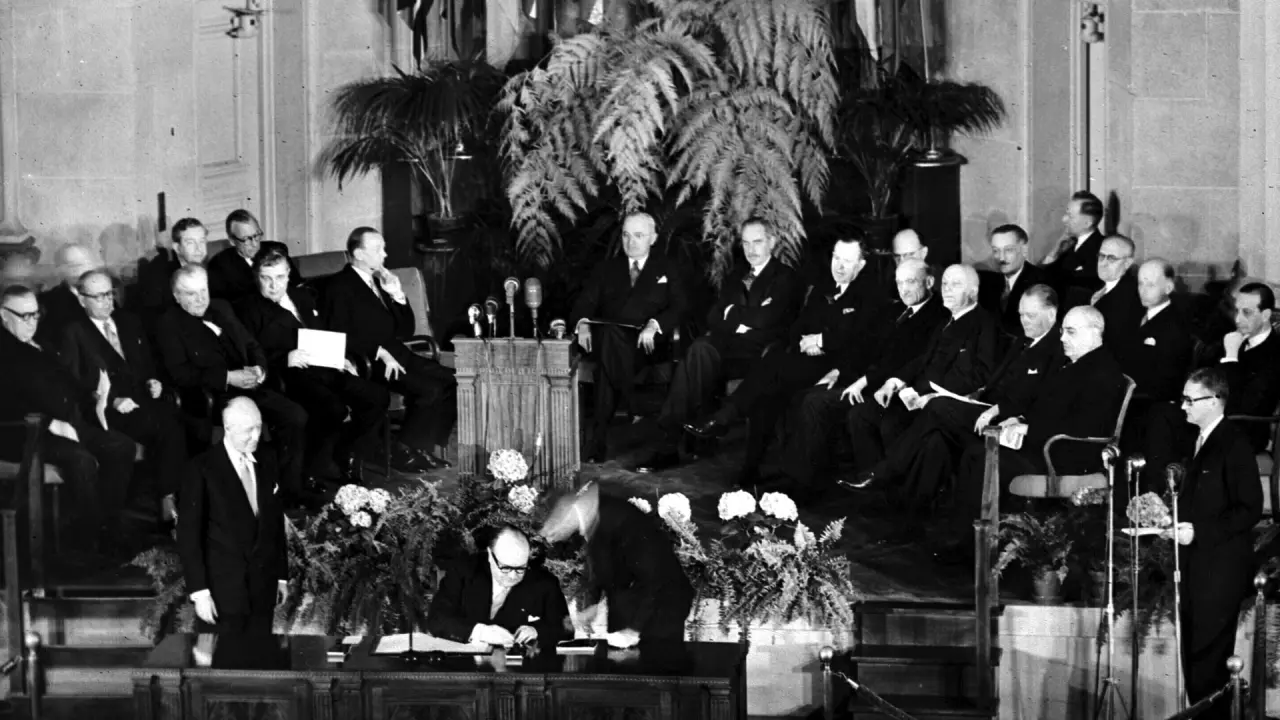

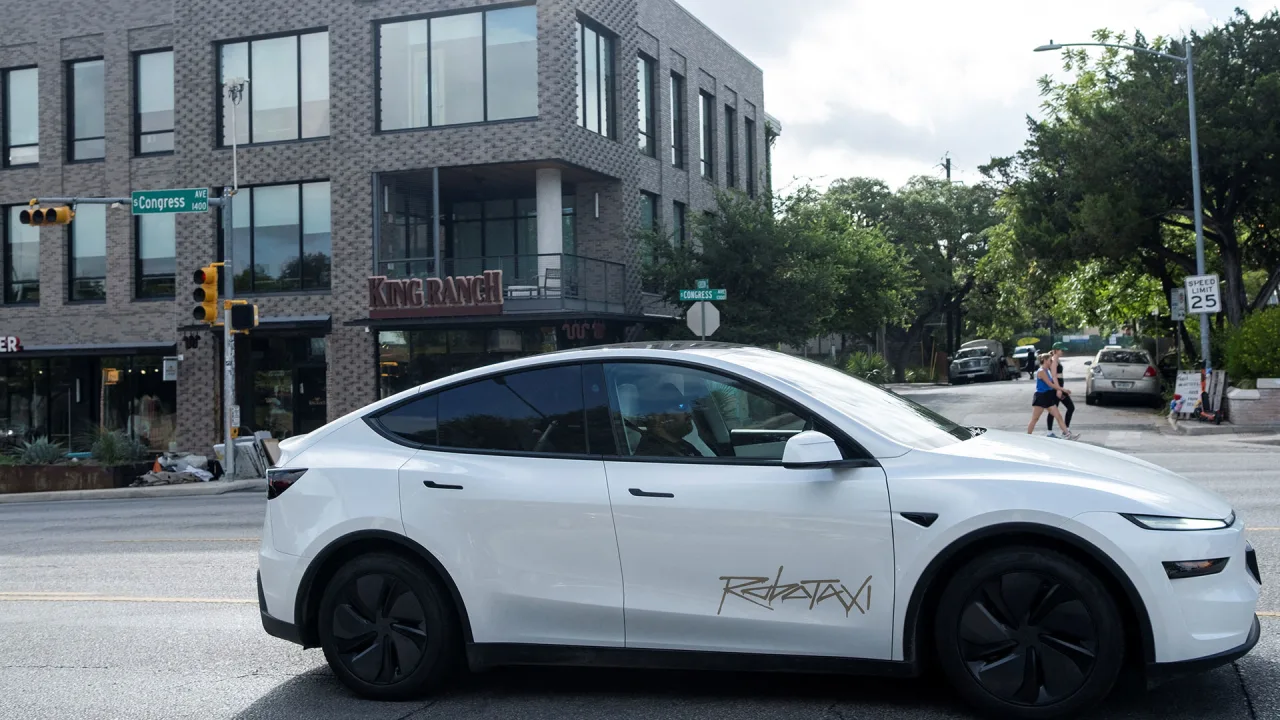
























































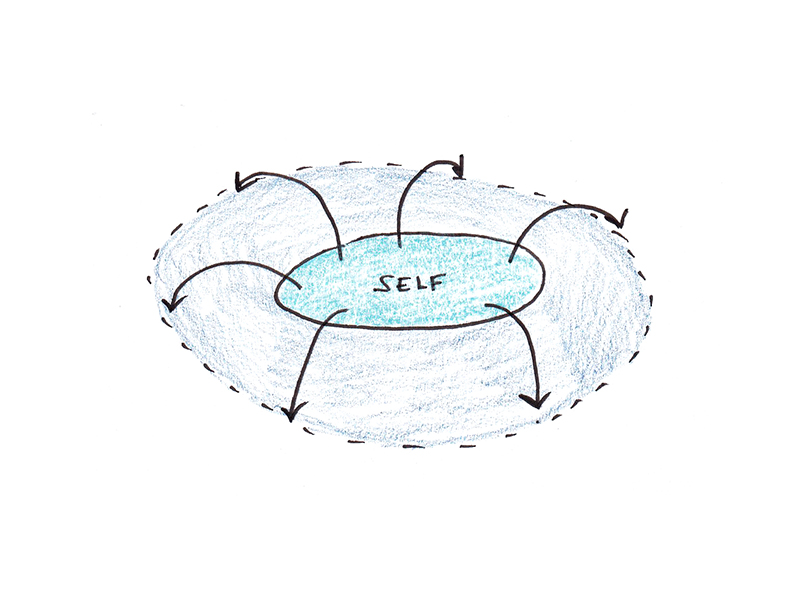
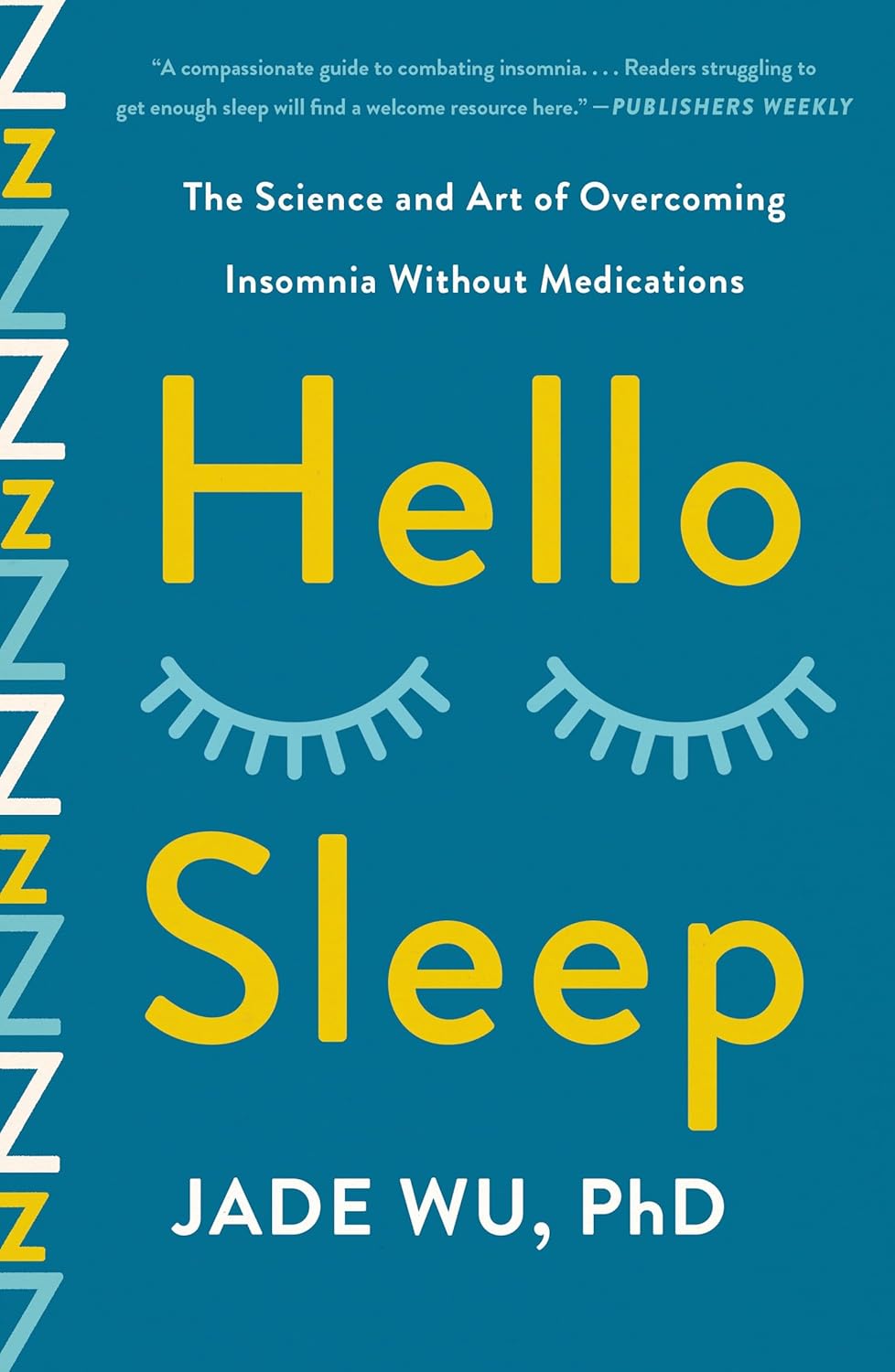
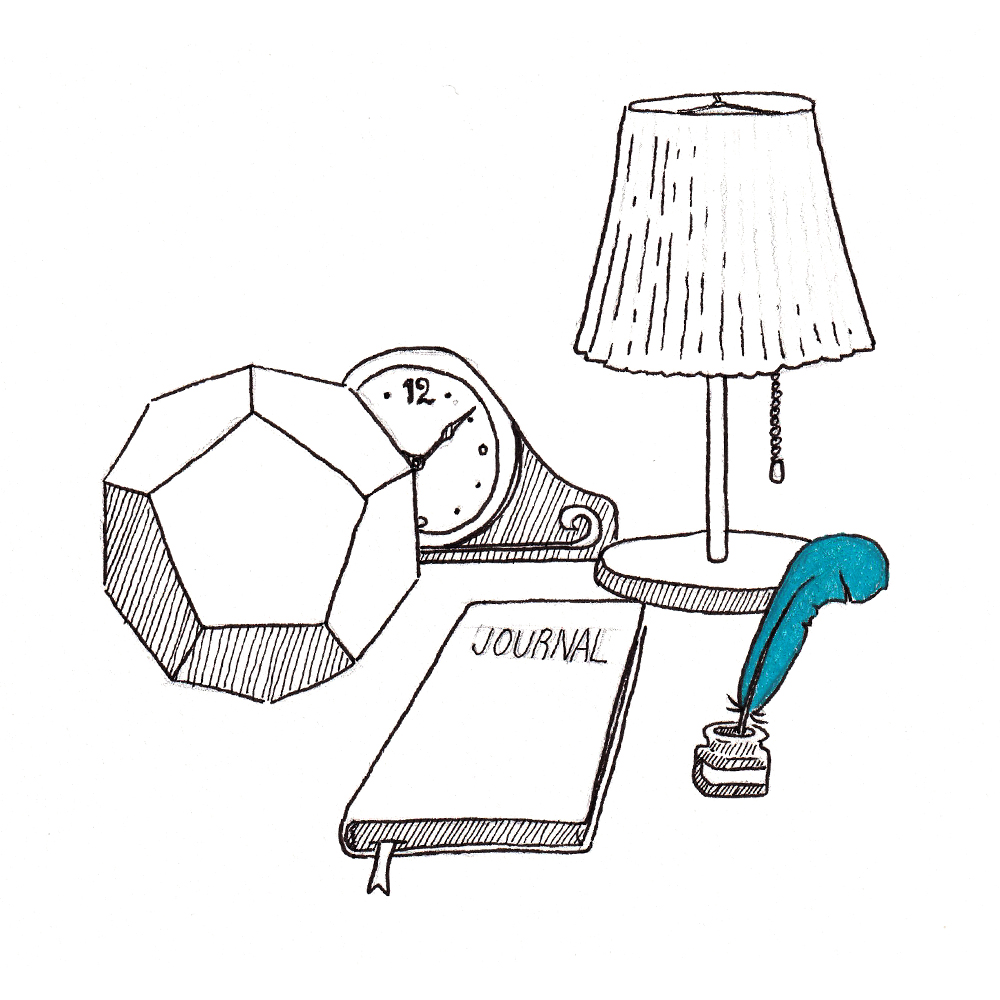



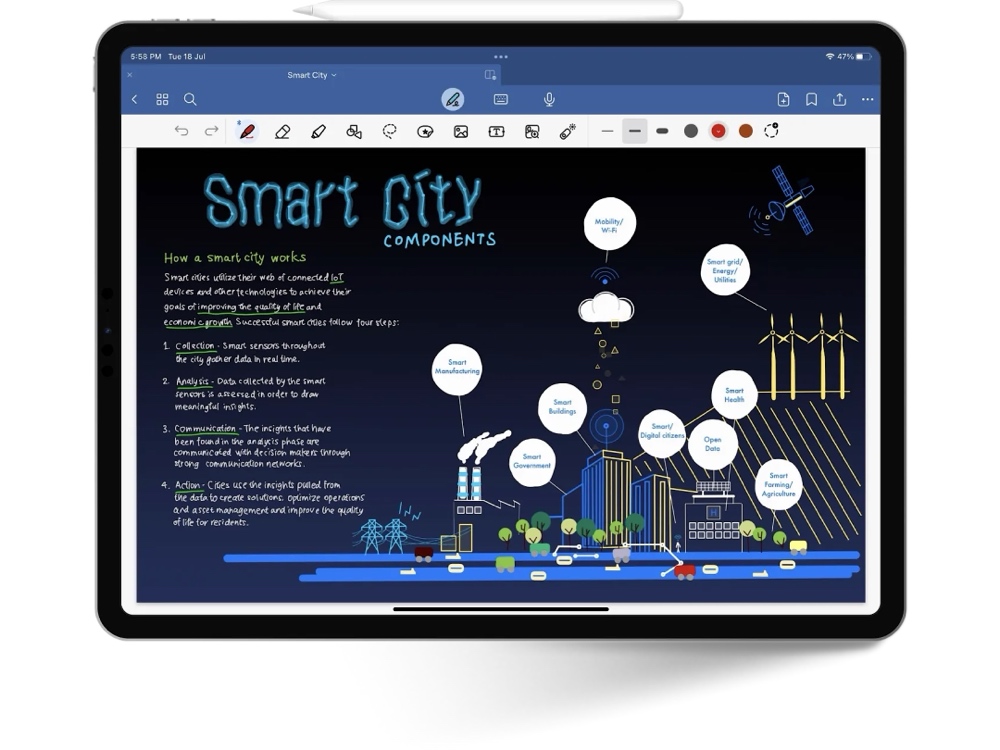

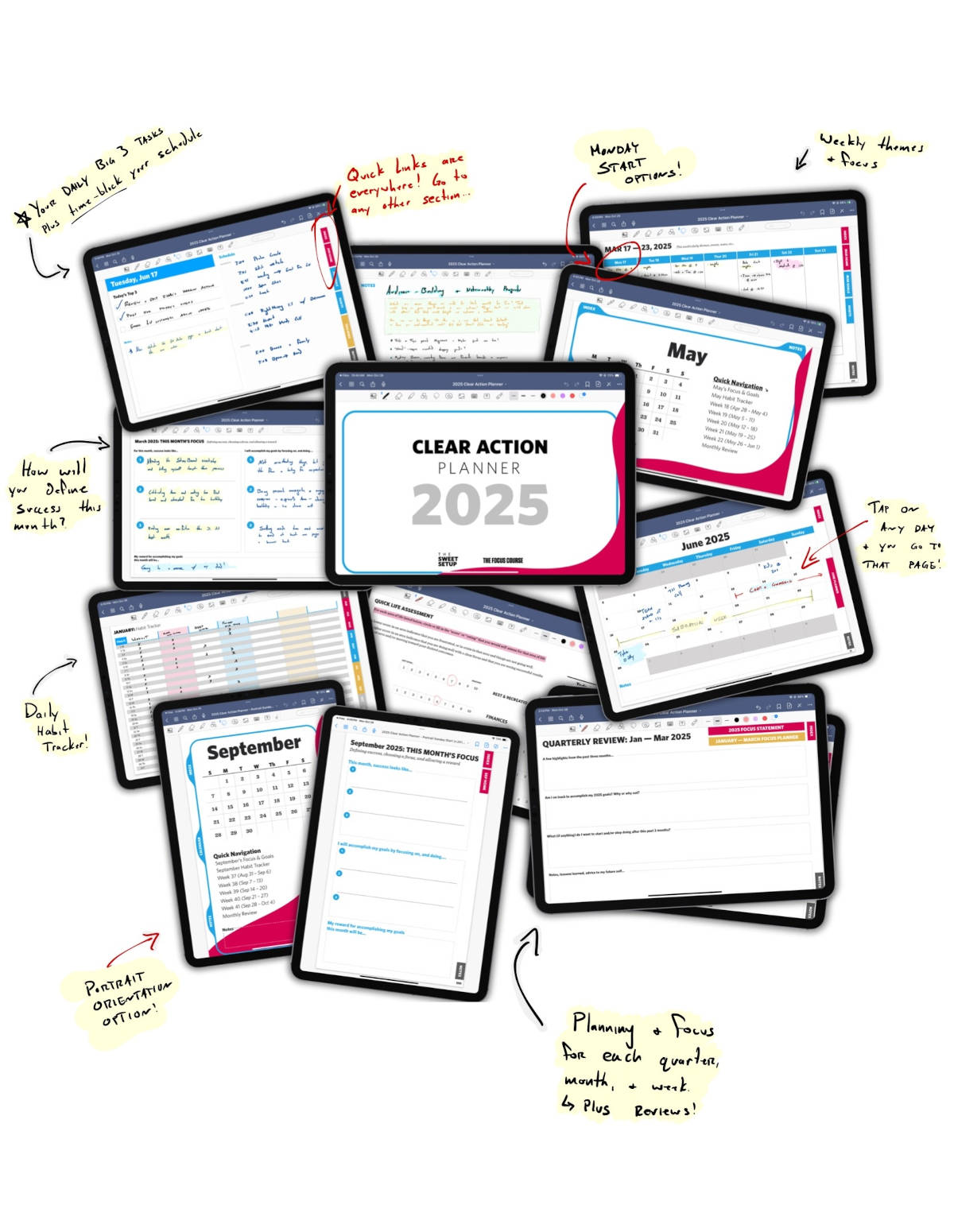
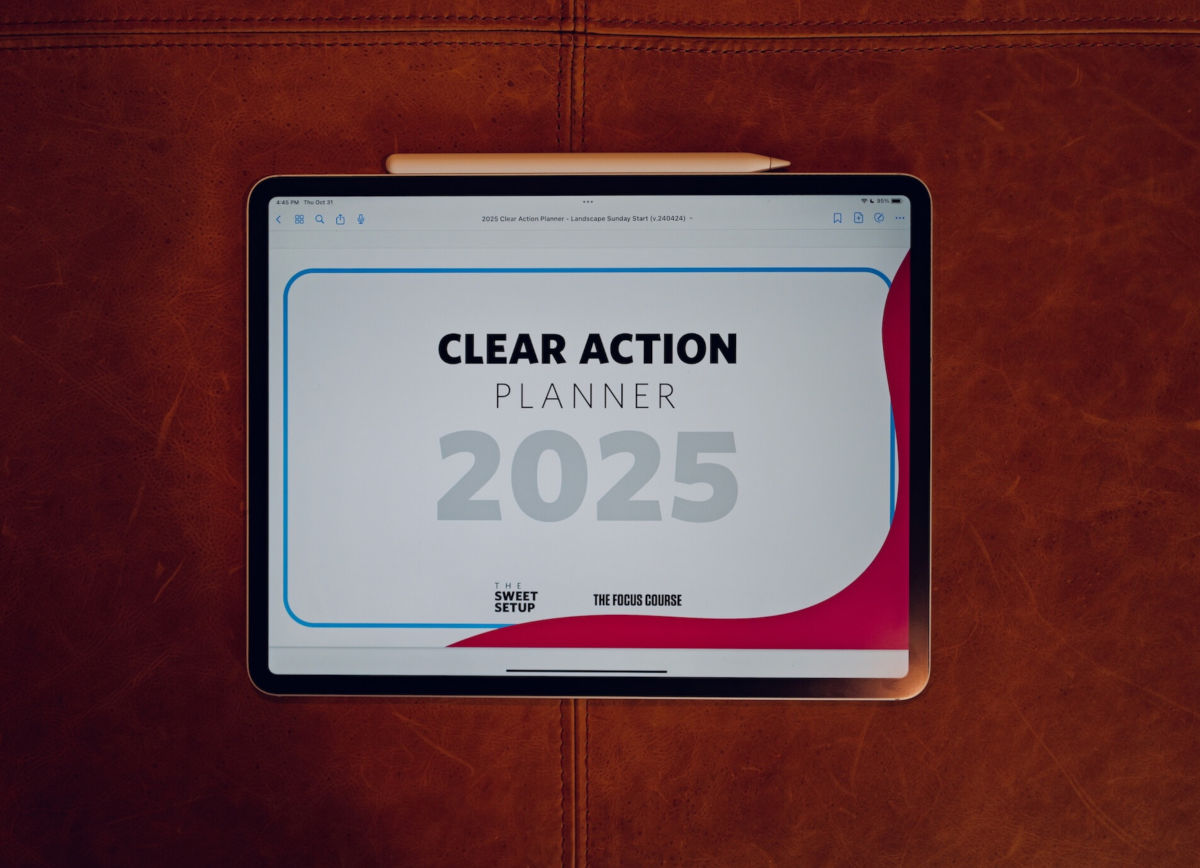











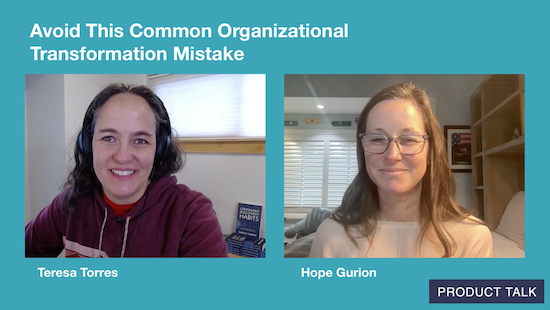
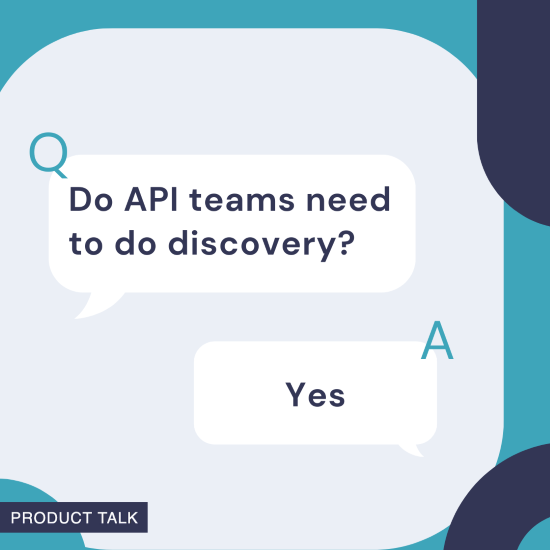
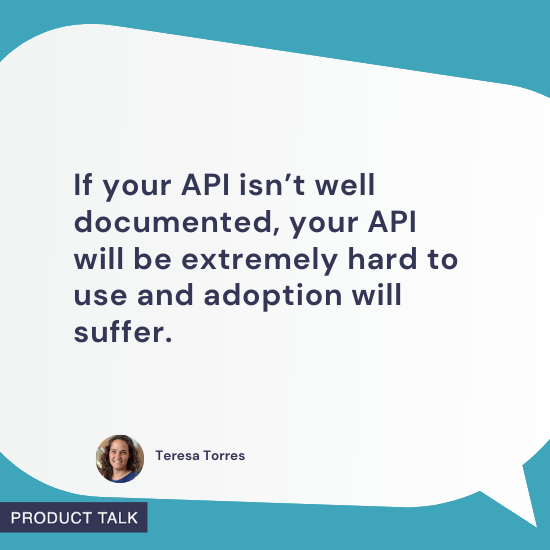







![Building A Digital PR Strategy: 10 Essential Steps for Beginners [With Examples]](https://buzzsumo.com/wp-content/uploads/2023/09/Building-A-Digital-PR-Strategy-10-Essential-Steps-for-Beginners-With-Examples-bblog-masthead.jpg)
